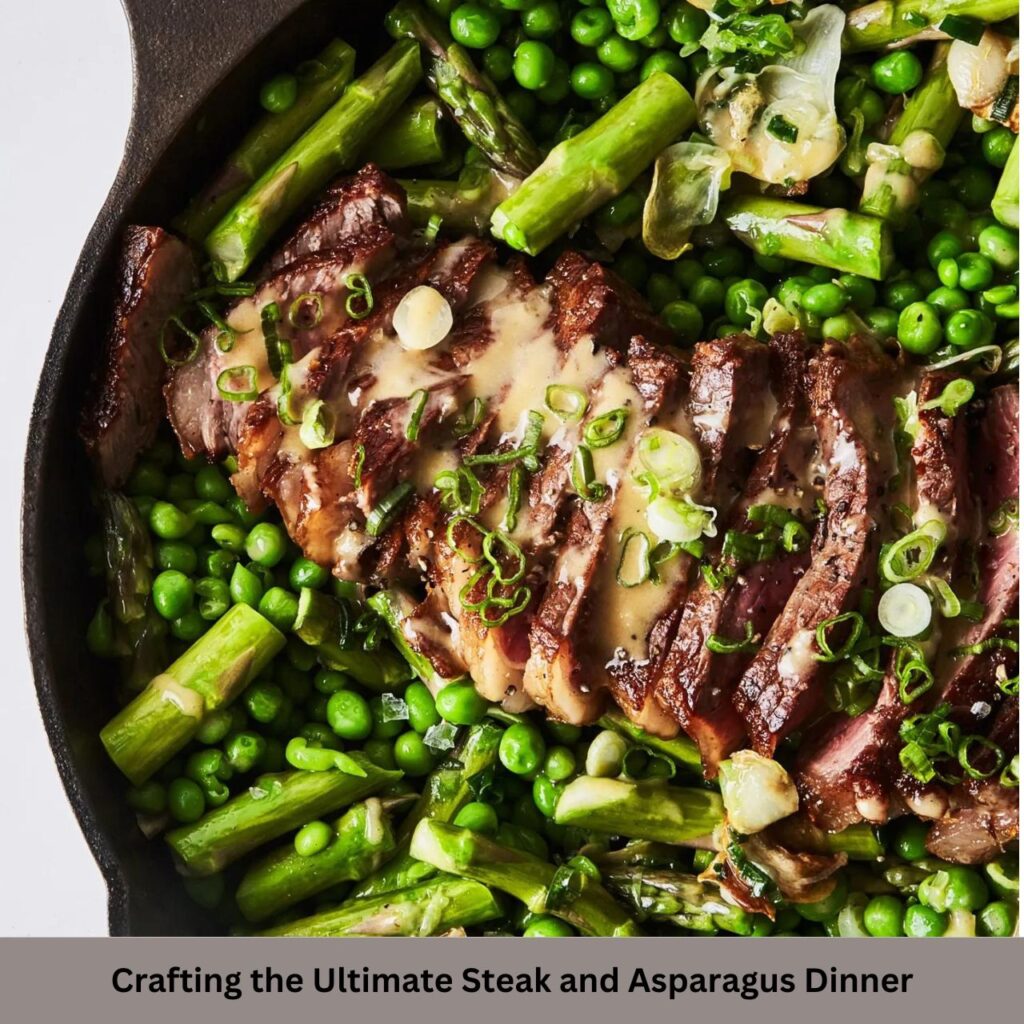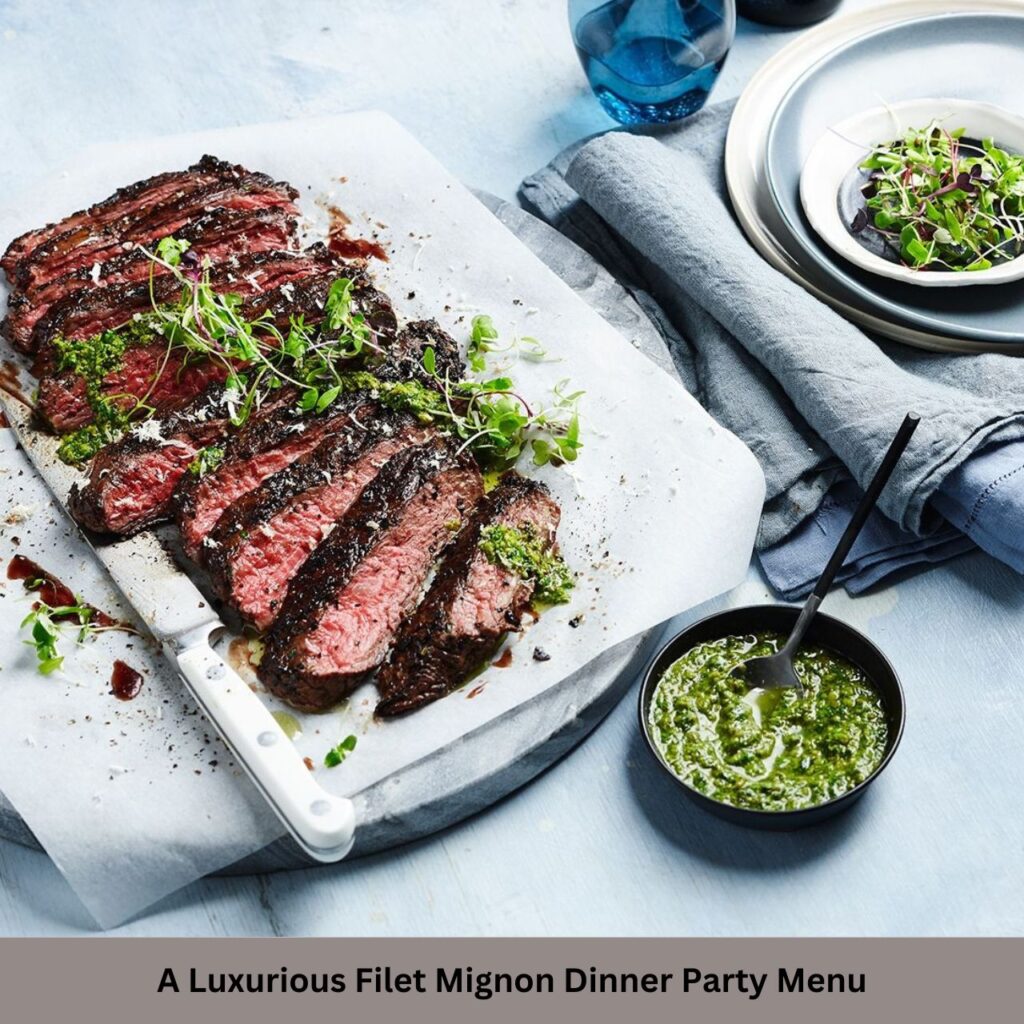When the chill of winter settles in, few dishes are as satisfying as a bowl of hot, flavorful Kimchi Jjim. This braised kimchi dish, slow-cooked to perfection, delivers warmth and comfort with every bite. The spicy tang of fermented kimchi, tender pieces of meat, and a rich. Savory broth makes it a perfect choice to combat cold weather. Kimchi Jjim isn’t just a dish—it’s an experience. Each spoonful offers complex layers of flavor that develop over time. Creating a hearty meal that nourishes both the body and soul. Whether served at a family gathering or enjoyed alone on a quiet evening. Kimchi Jjim envelops you in warmth, making it the quintessential winter comfort food.
The Origins of Kimchi Jjim: A Culinary Tradition Rooted In Korean Culture
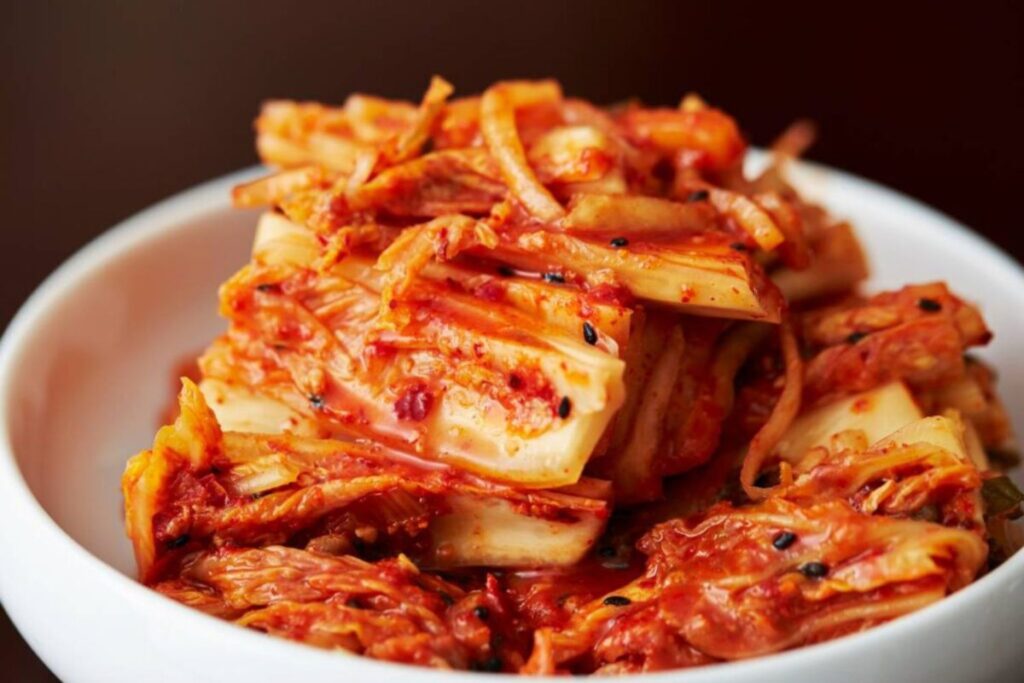
Kimchi Jjim is more than just a modern culinary creation; it is deeply rooted in Korea’s cultural history. Kimchi itself has been a staple in Korean households for centuries, and over time. Koreans developed innovative ways to incorporate it into hearty, flavorful dishes. The tradition of fermentation, particularly for winter, was born out of necessity. Families needed a method to preserve food during the cold months. Kimchi Jjim evolved from this practice, taking the fermented kimchi that had been prepared. And stored for the winter and transforming it into a heartwarming stew. This dish reflects the essence of Korean home cooking, where resourcefulness and an emphasis on family meals come together. Kimchi Jjim, while simple in its ingredients, carries a sense of nostalgia and tradition that resonates with Koreans to this day.
What Makes Kimchi Jjim the Ultimate Winter Comfort Food?
Kimchi Jjim combines warmth, heartiness, and depth of flavor, making it the perfect antidote to winter’s chill. The bold, spicy notes of the kimchi invigorate the palate, while the broth provides a soothing warmth that permeates from the inside out. Its slow-cooked, braised texture turns every ingredient into a melt-in-your-mouth delight. Kimchi Jjim offers balance: the acidity from the kimchi contrasts beautifully with the richness of the meat, creating a dish that is both satisfying and complex. It’s a meal that invites you to sit down and savor the flavors. And share in the communal experience of eating something prepared with care and time. This combination of flavors and textures makes Kimchi Jjim stand out as the ultimate winter comfort food.
How Kimchi Jjim Reflects the Importance of Fermentation in Korean Cuisine?
Fermentation is the cornerstone of Korean cooking, and Kimchi Jjim showcases this tradition perfectly. Fermented foods like kimchi play a crucial role in the Korean diet, providing essential nutrients during the harsh winter months. Kimchi Jjim harnesses the power of fermentation to create a dish that is tangy, spicy, and deeply savory. The fermentation process enhances the nutritional value of the kimchi, introducing probiotics that aid digestion and promote gut health. Moreover, fermentation extends the life of vegetables, preserving them through the winter while imbuing them with a distinctive, robust flavor. In Kimchi Jjim, the aged kimchi’s fermented qualities become the backbone of the dish. Lending it a rich complexity that cannot be replicated with fresh ingredients.
Understanding Kimchi Jjim: A Breakdown Of Ingredients
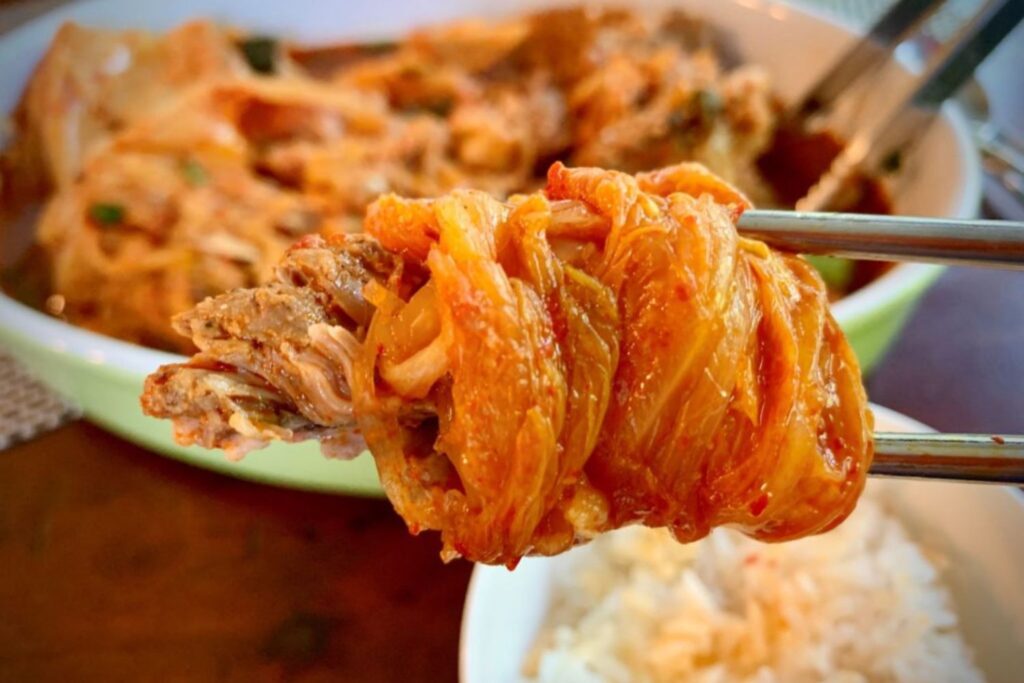
The ingredients in Kimchi Jjim are simple, yet each one plays a critical role in building the dish’s signature flavor profile. At its core, the dish consists of aged kimchi, pork or beef, broth, garlic, and spices. The kimchi is the star, its fermented tang providing the dish’s bold, spicy foundation. Meat, usually pork belly or short ribs, brings richness and tender, melt-in-your-mouth texture after hours of slow braising. Broth, often made with anchovies or beef stock, adds depth and umami, while garlic and gochujang (Korean red pepper flakes) amplify the heat and spice. Occasionally, tofu or mushrooms are added to enhance the heartiness. Each ingredient contributes to a symphony of flavors that makes Kimchi Jjim both comforting and incredibly satisfying.
Why Kimchi is Essential in Korean Cooking?
Kimchi is at the heart of Korean cuisine. Its significance goes beyond being just a side dish; it embodies the preservation techniques, flavors, and culture of Korea. Kimchi’s unique blend of fermented cabbage, radish, garlic, and chili pepper. Ginger has made it a national treasure, offering a balance of spice, tang, and umami. In Korean households, kimchi is a daily staple, eaten with every meal. Its versatility allows it to be used in soups, stews, stir-fries, and, of course, Kimchi Jjim. Its high nutritional content, including vitamins A, B, and C, and its probiotic properties make it not only a flavorful addition to meals but also a healthful one. Kimchi’s essential nature in Korean cooking cannot be overstated—it’s the backbone of many beloved dishes.
The Health Benefits of Kimchi: Why It’s Great for Winter
During the colder months, a dish like Kimchi Jjim. Packed with the health benefits of kimchi, is a great addition to your diet. Kimchi, made through the process of fermentation, is rich in probiotics, which improve gut health and aid digestion. A crucial advantage during the heavy, comforting meals of winter. Additionally, kimchi is loaded with antioxidants. And vitamins that help strengthen the immune system, making it easier for the body to fight off winter illnesses. The garlic and chili peppers in kimchi are also known for their anti-inflammatory. And metabolism-boosting properties, perfect for combating winter sluggishness. Consuming kimchi during the winter months isn’t just a matter of flavor—it’s a smart, nutritious choice for staying healthy and resilient.
How the Fermented Qualities Of Kimchi Enhance Kimchi Jjim?
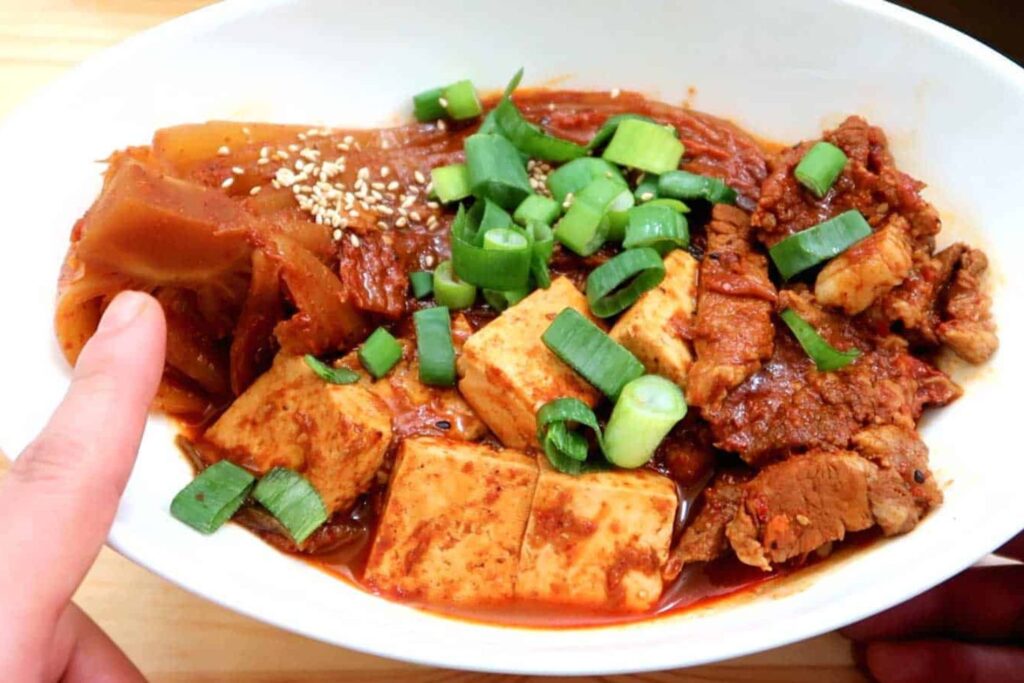
Fermentation transforms ordinary vegetables into flavor powerhouses, and in Kimchi Jjim, this transformation is central. The fermentation process creates lactic acid, which gives kimchi its signature tang. This acidity cuts through the richness of the meat and broth, balancing the dish’s heaviness with a bright, zesty kick. The fermentation also mellows the heat of the chili peppers. Creating a well-rounded spice that is both assertive and warming without being overwhelming. As the kimchi simmers in the broth, its fermented qualities deepen, intensifying the savory and umami notes of the dish. These layers of flavor create a dynamic, multidimensional experience that elevates Kimchi Jjim beyond a simple stew.
Choosing the Best Kimchi for Kimchi Jjim: Fresh vs. Aged
The type of kimchi you choose plays a significant role in the outcome of your Kimchi Jjim. While fresh kimchi has a bright, crisp flavor that’s ideal for side dishes. Aged kimchi is what truly shines in a slow-cooked dish like Kimchi Jjim. Aged kimchi, known as “Mukerji,” undergoes months of fermentation, developing deeper, more complex flavors. Its tartness becomes more pronounced, and its texture softens. Making it ideal for stews where its robust flavors can meld with the other ingredients. While fresh kimchi can be used in a pinch, aged kimchi is preferred for its richer. Tangier profile that lends a more authentic and satisfying depth to Kimchi Jjim.
What Kind of Meat Works Best in Kimchi Jjim?
Pork is the traditional choice for Kimchi Jjim, with pork belly or pork ribs being the most common cuts. The fatty nature of these cuts complements the acidity of the kimchi, resulting in a rich, flavorful balance. Pork belly’s fat renders down during the cooking process, adding depth and a melt-in-your-mouth texture to the dish. For those who prefer a leaner option, pork shoulder or beef short ribs are excellent alternatives, offering tender, flavorful meat without as much fat. The beef gives a slightly different flavor profile, with a richer. Heartier taste that pairs well with the boldness of kimchi. Ultimately, the choice of meat depends on your personal preferences, but both pork. And beef provides the richness that makes Kimchi Jjim such a satisfying winter dish.
Vegetarian Variations of Kimchi Jjim For A Lighter Option
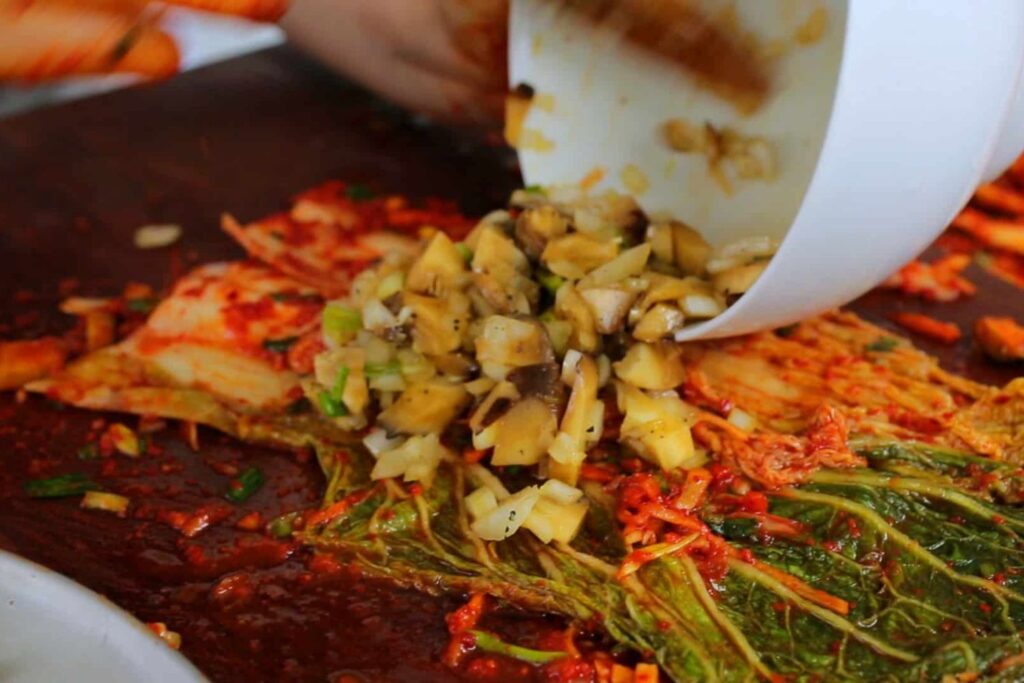
Kimchi Jjim doesn’t have to be heavy or meat-centric. Vegetarian variations offer a lighter, equally delicious take on this beloved dish. Tofu is an excellent meat substitute, as it absorbs the bold flavors of the broth while maintaining a satisfying, firm texture. Mushrooms, particularly shiitake or oyster varieties, bring an earthy depth that complements the fermented tang of the kimchi. Adding more vegetables, such as zucchini, carrots, or bok choy, can also create a lighter, fresher version of Kimchi Jjim that still feels hearty and warm. Vegetarian Kimchi Jjim maintains the comforting essence of the dish while offering a nutritious. A plant-based alternative that’s perfect for those seeking a lighter meal or following a vegetarian diet.
The Role of Spices in Creating the Perfect Kimchi Jjim
Spices are the backbone of Kimchi Jjim’s bold, vibrant flavor. Gochugaru, or Korean red pepper flakes, provides the dish’s signature heat, which is tempered by the tanginess of the fermented kimchi. Garlic and ginger add aromatic depth, while sesame oil offers a subtle nuttiness that rounds out the flavor profile. A touch of soy sauce or fish sauce can enhance the umami richness. While sugar is sometimes added to balance out the acidity of the kimchi. The key to the perfect Kimchi Jjim lies in achieving the right balance of spices—enough to bring warmth and complexity, but not so much that they overpower the dish’s natural flavors.
How to Achieve the Ideal Texture in Kimchi Jjim: Soft, Tender, and Delicious?
Achieving the perfect texture in Kimchi Jjim is all about slow cooking and patience. The goal is to create a dish where the kimchi is tender but still retains some bite. While the meat is soft enough to fall apart at the touch of a fork. Simmering the dish over low heat for an extended period allows the flavors to meld and the textures to soften without becoming mushy. The key is to balance cooking time with the freshness of the ingredients; aged kimchi breaks down more easily. While meat, particularly tougher cuts like pork belly or ribs, needs time to become tender. The result should be a soft, melt-in-your-mouth stew that feels hearty and satisfying with each bite.
Cooking Methods: Traditional vs. Modern Approaches To Making Kimchi Jjim
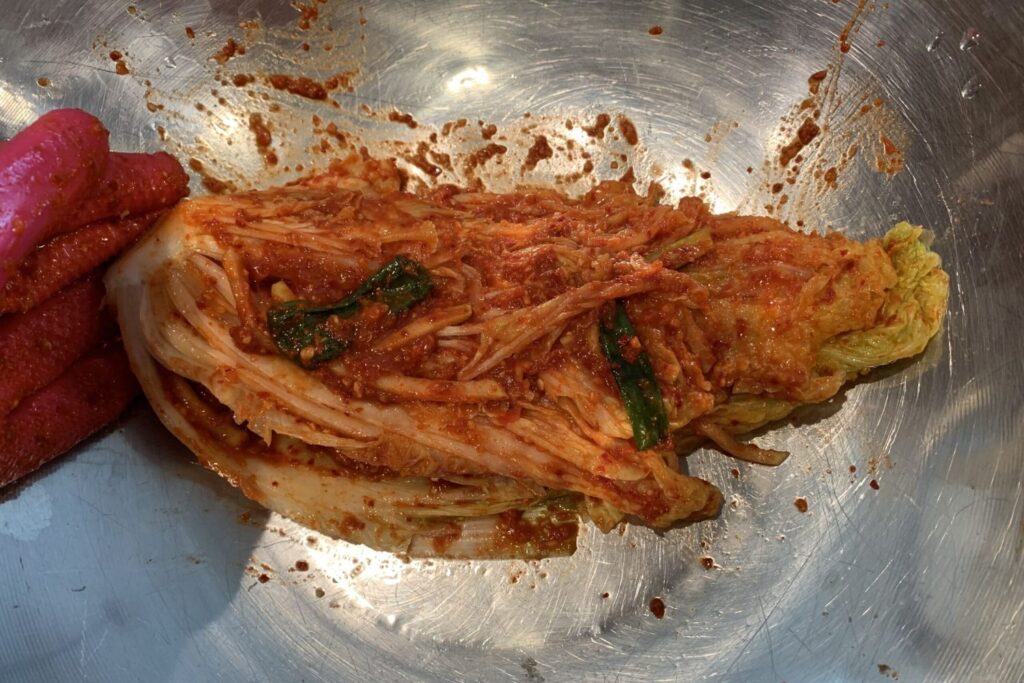
Traditionally, Kimchi Jjim is made by slow braising over a low flame. This method allows the kimchi, meat, and spices to meld into a richly flavored dish, developing layers of depth over time. The long cooking time ensures that the meat becomes tender, while the aged kimchi breaks down and infuses the broth with its tangy, spicy essence. However, modern conveniences like pressure cookers and slow cookers have introduced new approaches to making Kimchi.
These appliances significantly cut down cooking time without sacrificing flavor, making it easier for busy cooks to prepare this comforting dish. A pressure cooker can achieve the same fall-apart texture in a fraction of the time, while a slow cooker allows you to set it and forget it, coming home to a warm, hearty meal. Both methods maintain the integrity of the dish, but the traditional approach offers a more hands-on, meditative cooking experience that many find rewarding.
Slow Simmering: The Secret to Building Flavor in Kimchi Jjim
Slow simmering is the key to unlocking the full flavor potential of Kimchi Jjim. As the dish simmers, the meat tenderizes, and the kimchi’s fermentation deepens the broth, infusing every bite with its tangy, spicy goodness. The gradual release of flavors from the garlic, ginger, and spices ensures that nothing overpowers the dish. Instead, each ingredient contributes to a balanced, harmonious whole. Slow cooking allows the fat from the pork or beef to melt into the broth, creating a rich, velvety texture that coats the palate. This technique is what transforms a simple stew into a deeply satisfying dish, with complex layers of umami, heat, and acidity. The longer Kimchi Jjim simmers, the more the flavors concentrate, resulting in a bold and comforting dish that’s perfect for warming up on a cold winter’s day.
How Kimchi Jjim Warms You from the Inside Out?
Few dishes can match the internal warmth that Kimchi Jjim provides on a chilly winter evening. The spicy, fermented kimchi ignites the palate, while the hearty broth and tender meat provide a comforting, stick-to-your-ribs experience. The heat from the gradually builds, creating a pleasant warmth that spreads throughout the body. Unlike many dishes that are either too heavy or too light, Kimchi Jjim strikes the perfect balance, leaving you feeling full but not weighed down. The fermented kimchi also aids digestion, making this dish not only warming but easy on the stomach after a long, cold day. Whether eaten alone or shared with loved ones, Kimchi Jjim is a dish that brings physical and emotional warmth, making it a quintessential winter comfort food.
Why Kimchi Jjim Is Perfect For Sharing At Family Gatherings?
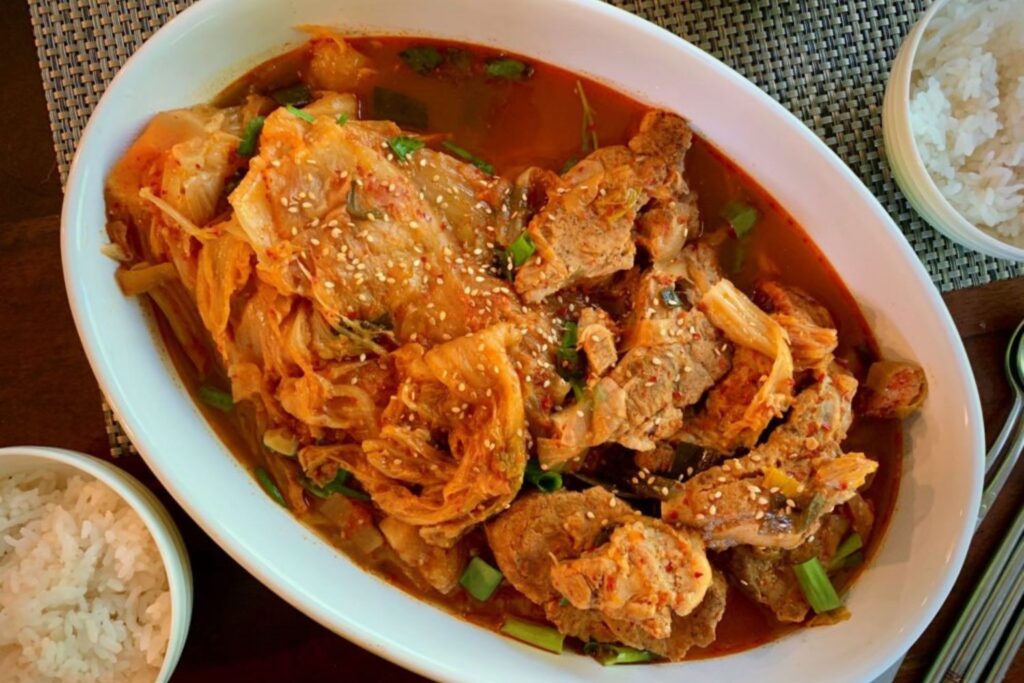
Kimchi Jjim is inherently a communal dish. Its large, hearty portions are ideal for sharing, and the slow-cooked nature of the meal encourages togetherness. In Korea, meals are often served family-style, with everyone digging into a shared pot of stew or soup, and Kimchi Jjim fits this tradition perfectly. The dish’s rich, comforting flavors make it a centerpiece at any winter gathering, and its versatility means it can be adapted to suit various preferences. Whether you’re serving a group of meat lovers or vegetarians, Kimchi Jjim can be easily tailored to please everyone at the table. Its warming, nourishing qualities also make it a dish that fosters connection, bringing people together over a shared love of good food and conversation. There’s something about gathering around a bubbling pot of Kimchi Jjim that speaks to the heart of hospitality and family.
How Kimchi Jjim Promotes Gut Health in the Winter Months?
Fermented foods like kimchi are rich in probiotics, the beneficial bacteria that promote gut health. During the winter months, when many people tend to eat heavier, richer foods, maintaining gut health becomes particularly important. Kimchi Jjim, with its high probiotic content, helps balance the digestive system, aiding in the breakdown of fats and proteins. The fermentation process in kimchi also produces enzymes that boost digestion, making it easier for your body to absorb nutrients from the rest of the meal. Additionally, the probiotics in kimchi can enhance immune function, which is especially beneficial during cold and flu season. Eating Kimchi Jjim regularly in the winter not only provides warmth and comfort but also supports overall health by keeping your gut flora balanced and strong.
Pairing Kimchi Jjim with Other Korean Side Dishes
Kimchi Jjim shines as the star of the meal, but pairing it with traditional Korean side dishes, or “banchan,” elevates the dining experience. Banchan, which typically includes pickled vegetables, seasoned greens, and steamed rice, offers contrast and variety that complement the bold flavors of Kimchi Jjim. A side of cold, crisp radish kimchi can provide a refreshing counterbalance to the stew’s rich heat, while a simple serving of white rice helps to soak up the flavorful broth. Other popular pairings include namul (seasoned vegetables) and jeon (savory pancakes), which add texture and a mild, comforting element to the meal. These side dishes allow diners to explore a range of flavors and textures, making the meal more dynamic and satisfying.
How to Serve Kimchi Jjim For a Memorable Winter Meal?
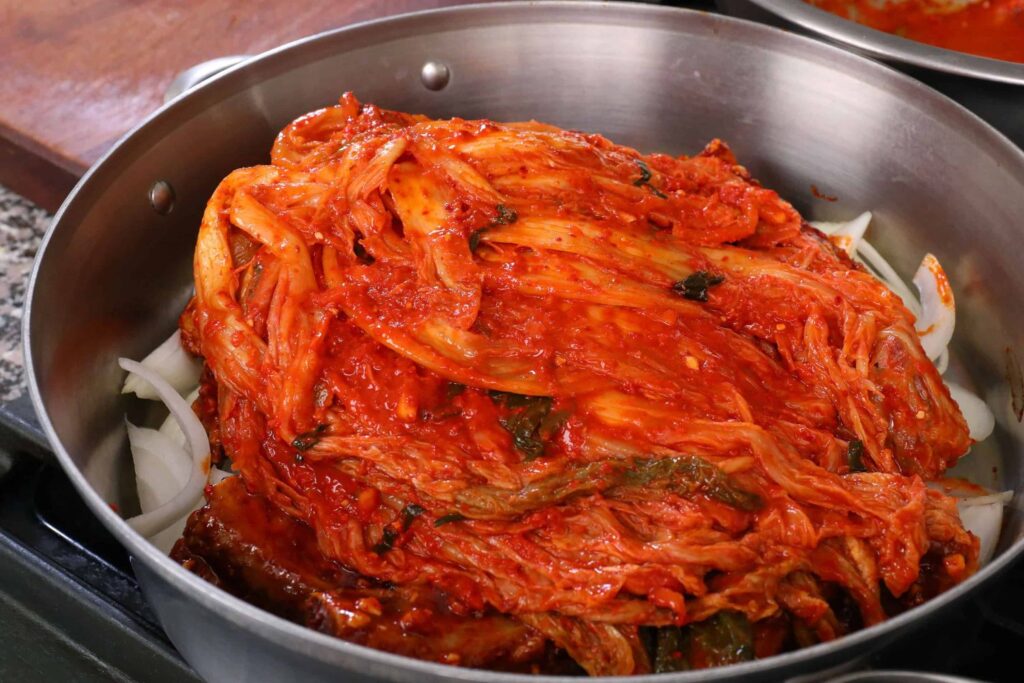
Presentation plays an important role in elevating Kimchi Jjim to a memorable dining experience. Traditionally served in a large, earthenware pot, Kimchi Jjim retains heat long after it’s been removed from the stove, making it ideal for cold winter meals. The bubbling pot not only keeps the stew warm but also adds to the visual and sensory appeal of the meal. To make the dish even more visually striking, garnish it with fresh green onions, sesame seeds, or even a sprinkle of crushed red pepper for an extra touch of heat. Pair the dish with a beautifully set table of banchan and rice, and you’ve created a meal that delights both the eyes and the palate. This attention to presentation enhances the warmth and hospitality of the meal, ensuring that your guests will remember the experience long after the last bite.
How to Add a Spicy Kick to Kimchi Jjim: Tips for Heat Lovers?
For those who crave an extra dose of heat, there are several ways to dial up the spice in Kimchi without compromising its balance of flavors. The easiest way to increase the heat is by adding more gochujang (Korean red pepper flakes) to the stew. You can also include fresh chilies or add a dollop of gochujang (Korean red chili paste) for an even deeper, more intense spice.
Some cooks like to add dried red chilies or use spicy aged kimchi, which naturally has a more assertive flavor profile. If you’re a true heat lover, try topping your Kimchi Jjim with raw sliced chilies just before serving for an immediate punch of spice that contrasts with the mellow heat of the cooked stew. The key is to balance the added heat with the tanginess of the kimchi and the richness of the broth, ensuring that the dish remains flavorful without being overwhelmingly spicy.
Nutritional Benefits of Kimchi Jjim: A Balanced Winter Meal
Kimchi Jjim isn’t just delicious—it’s also packed with essential nutrients that make it an excellent choice for a balanced winter meal. The fermented kimchi provides a wealth of vitamins, including vitamin C, A, and B-complex, which are crucial for maintaining immune function during the colder months. The dish is also rich in probiotics, which support gut health and digestion. The protein from the meat provides energy and satiety, while the broth is often rich in collagen, particularly if beef short ribs are used, which supports joint health. The addition of garlic, ginger, and chili peppers not only boosts the flavor but also adds anti-inflammatory and antioxidant properties, helping the body fend off winter ailments. Kimchi strikes a perfect balance between hearty comfort food and a nutritional powerhouse, making it a wholesome choice for those looking to stay healthy and satisfied during the winter season.
How Kimchi Jjim Can Boost Your Immune System?
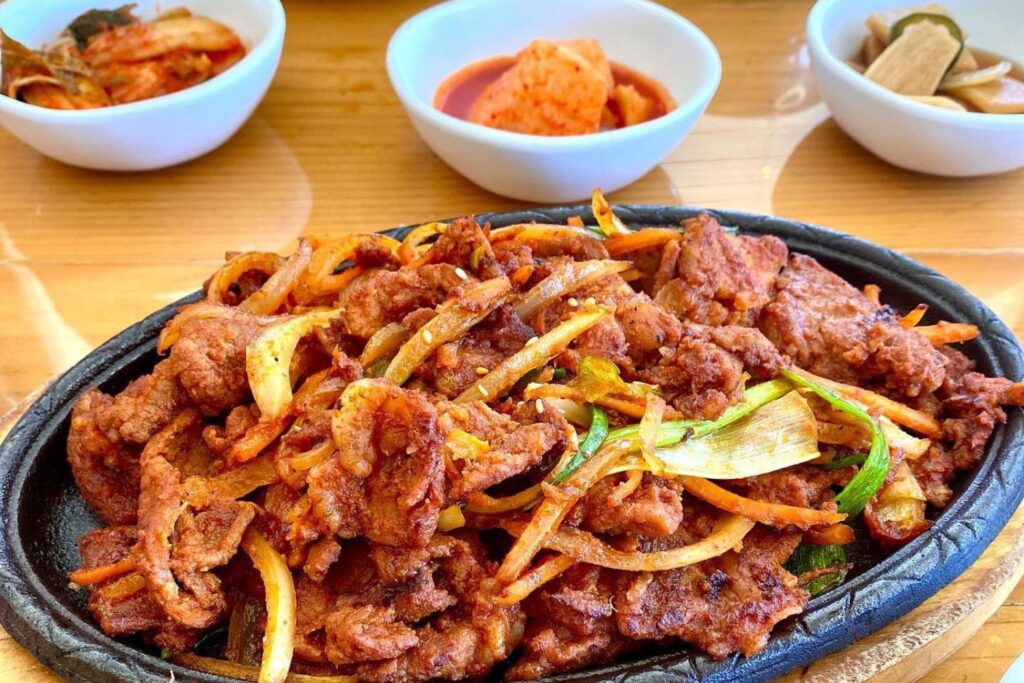
One of the hidden benefits of enjoying Kimchi Jjim during the winter is its ability to support the immune system. Fermented kimchi is rich in probiotics, which help maintain a healthy gut microbiome—an essential factor in immune health. A strong gut flora enhances the body’s ability to fight off infections and illnesses, which is particularly important during the colder months when colds and flu are more prevalent. The garlic and ginger in the dish also have natural antimicrobial properties, providing further immune support. Additionally, the high levels of vitamins and antioxidants in kimchi help bolster the body’s defenses. Ensuring that you stay healthy and resilient throughout the winter season.
The Cultural Significance of Eating Kimchi Jjim During Winter Festivals
In Korea, Kimchi Jjim holds a special place in winter festivities and celebrations. It’s often served during holidays like the Lunar New Year or during family gatherings, where it’s warm. Comforting qualities symbolize togetherness and abundance. Sharing a large pot of Kimchi during these gatherings embodies the spirit of communal dining, where family and friends come together to celebrate and enjoy good food. The dish also reflects the seasonal practice of “gimjang,” the traditional preparation and fermentation of kimchi for winter consumption. In this sense, Kimchi Jjim is more than just a meal—it’s a reflection of Korean culture’s deep connection to food, family, and the changing seasons.
Why Kimchi Jjim is an Easy, One-Pot Dish for Winter Cooking?
Kimchi Jjim is a fantastic one-pot meal, ideal for those who want a low effort. High-reward dish during the busy winter months. All the ingredients are combined in a single pot, and after the initial preparation, the dish requires minimal attention as it simmers. This makes it perfect for weeknight dinners or for feeding a crowd without spending hours in the kitchen. The simplicity of the dish belies its complex, layered flavors, and the slow-cooking method allows even novice cooks to achieve impressive results. Kimchi Jjim’s ease of preparation, combined with its comforting and hearty nature. Makes it a go-to meal for anyone looking to create a satisfying winter dish with minimal fuss.
How To Make Kimchi Jjim In Larger Quantities For Parties And Gatherings?
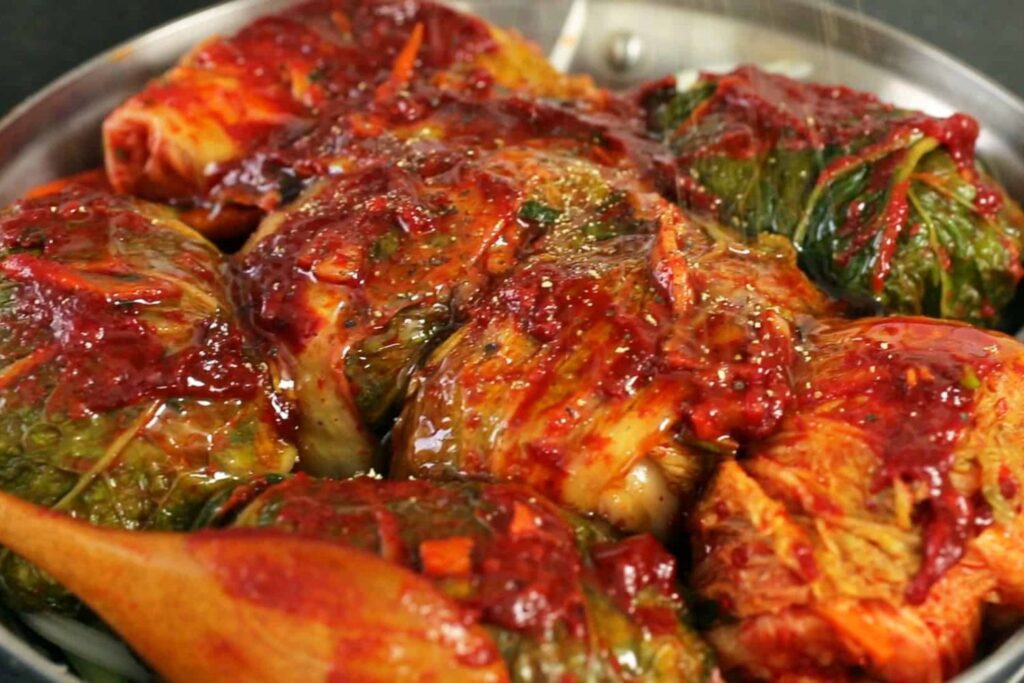
Kimchi Jjim is an excellent dish to prepare in large quantities, especially when hosting parties or family gatherings. Its one-pot nature simplifies the cooking process, allowing you to scale up the ingredients without needing additional cookware or complex techniques. When making a larger batch, consider using a wide, heavy-bottomed pot to ensure even cooking and heat distribution.
You can easily double or triple the amount of meat, kimchi, and broth to feed a crowd. Adjusting the seasoning as needed to maintain balance. The key to preparing large quantities of Kimchi Jjim is giving it plenty of time to simmer. The longer the dish cooks, the more the flavors meld together, creating a richly layered stew that’s perfect for sharing. Kimchi Jjim also reheats beautifully, so you can make it ahead, allowing the flavors to deepen overnight. This makes it an ideal dish for gatherings, as it frees up time on the day of the event, giving you more time to enjoy with your guests.
The Global Popularity of Kimchi Jjim: Why This Dish is Winning Over Hearts
While Kimchi Jjim has long been a beloved staple in Korean households. It has recently gained popularity around the world as more people discover the joys of Korean cuisine. The global rise of Korean pop culture, including K-dramas and K-pop. Has played a significant role in sparking interest in traditional dishes like Kimchi Jjim. Its comforting, hearty nature, combined with the bold flavors of fermented kimchi, appeals to a wide audience, transcending cultural boundaries.
As people become more adventurous in their culinary explorations. Kimchi Jjim stands out as a unique yet accessible dish that offers a perfect balance of heat, tang, and umami. Its adaptability—whether made with pork, beef, or a vegetarian twist—makes it a versatile dish that can be tailored to suit different tastes and dietary preferences. The dish’s wholesome ingredients and health benefits also resonate with modern trends toward fermented foods. And probiotic-rich diets, further boosting its appeal across the globe.
YouTube Video
Conclusion
Kimchi Jjim is more than just a meal—it’s a symbol of warmth. Comfort, and tradition, particularly during the colder months. Its rich, complex flavors and hearty ingredients make it the perfect dish to share with family and friends. Bringing people together around a bubbling pot of deeply satisfying stew. Whether you follow a traditional recipe or put a modern spin on it. Kimchi Jjim offers endless opportunities for customization, allowing you to make it your own. Its health benefits, including gut-boosting probiotics and immune-strengthening ingredients, make it a nourishing choice for winter. In contrast, its one-pot simplicity makes it a practical yet impressive dish to prepare. As Kimchi Jjim continues to win hearts worldwide, it remains a testament to the timeless appeal of Korean cuisine. And the deep connections we share through food, culture, and the warmth of a shared meal.

